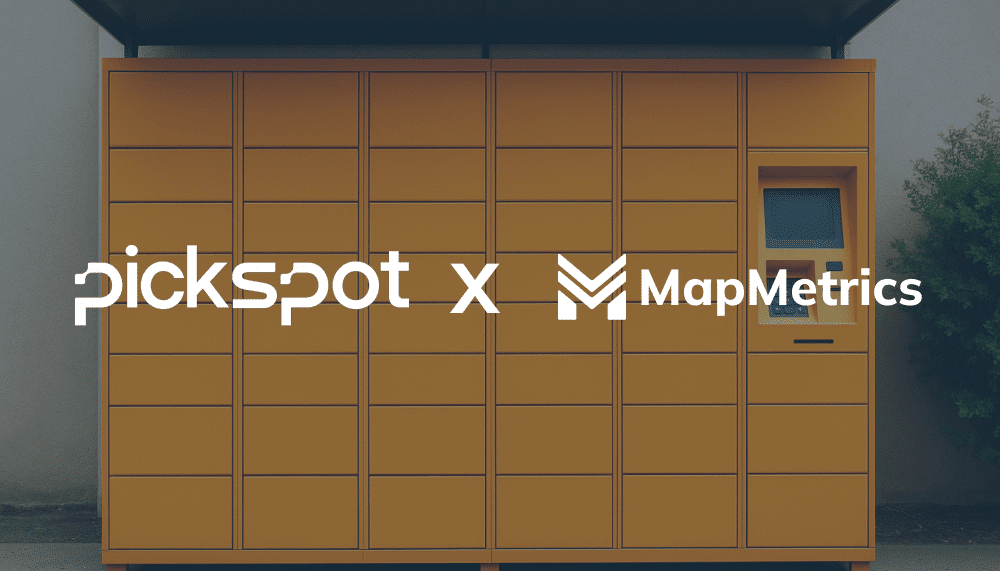
Peaq: Powering the Future of DePIN with Innovation
The Internet of Things (IoT) industry is undergoing a significant transformation. While connectivity is rapidly increasing, data privacy, security, and control concerns remain paramount. Decentralized Physical Infrastructure Networks (DePINs) emerge as a potential solution to create a secure and user-centric paradigm for device interactions within the Web3 ecosystem.
peaq steps forward as a leading force in the DePIN revolution. It offers a robust blockchain layer designed to empower developers to build next-generation DePIN applications. Let’s delve deeper into Peaq’s functionalities, its impact on the DePIN industry, and its potential to revolutionize device interactions.
What is peaq?
peaq is a multi-chain layer 1 blockchain designed for DePIN and Machine RWA. Peaq can handle beyond 100,000 transactions per second (TPS) while keeping the minimum transaction cost of approximately $0.00025. Peaq uses the most environmentally friendly blockchain technology and has the second-biggest community of developers in Web3.
peaq: Building the Foundation for Secure DePINs
Here’s what makes peaq stand out:
Modular DePIN Functions
peaq empowers developers to build DePIN applications with a unique combination of flexibility and ease of use. It supports both Ink! (Rust) and EVM smart contracts, allowing developers to choose the language that best suits their needs. Additionally, peaq offers a comprehensive set of pre-built functionalities called Modular DePIN Functions. These functions handle essential tasks like Self-Sovereign Machine IDs, role-based access control, data verification, seamless machine payment processing, data storage, data indexing, autonomous AI agents, and more.
These functionalities are readily available through the peaq SDK in JavaScript. With just a few lines of code, developers can integrate these powerful features into their DePINs and dApps. This streamlined approach simplifies DePIN development, allowing developers to focus on building innovative applications that unlock the full potential of the Machine Economy of Things.
Cross-chain Compatibility
peaq integrates with the Wormhole cross-chain protocol. This allows DePIN applications built on peaq to seamlessly interact with other blockchains like Ethereum, BNB Chain, and Polkadot. This fosters greater liquidity and interoperability within the DePIN ecosystem.
Scalability and Sustainability
peaq’s architecture prioritizes scalability and environmental friendliness. It leverages techniques like Elastic Scaling and Agile Core Time Environment to handle large transaction volumes while maintaining energy efficiency.
These features collectively empower developers to create secure, user-centric, and scalable DePIN applications. Peaq acts as a fertile ground for DePIN innovation, accelerating the growth and maturity of the DePIN landscape.
The DePIN projects on peaq
As of today, over 25 DePIN projects have successfully deployed on the peaq. These projects represent a diverse range of industries, demonstrating the versatility of Peaq’s platform. One prominent example is Eloop, a DePIN for car-sharing built on peaq. This showcases Peaq’s ability to support DePINs that facilitate a collaborative sharing economy.
The growing number of DePINs on peaq highlights its increasing adoption and its potential to revolutionize various sectors. With its robust infrastructure and developer-friendly tools, Peaq is poised to be a key player in the DePIN landscape.
Case Study: MapMetrics Migration to peaq

MapMetrics, a Web3 drive-to-earn navigation app, recently announced its migration from the Solana blockchain to peaq. This move signifies peaq’s growing traction within the DePIN space. peaq’s infrastructure offers functionalities that cater to the specific needs of innovative DePIN projects like MapMetrics. This move by MapMetrics makes it easier for other DePIN projects to use peaq’s features and be part of the growing DePIN world.
Conclusion: A Brighter Future for DePINs with peaq
peaq stands as a game-changer in the DePIN landscape. Its innovative blockchain architecture, combined with its developer-centric approach, empowers the creation of secure, user-friendly, and scalable DePIN applications. With over 25 DePIN projects already thriving on peaq, the network is experiencing significant growth and adoption. The recent migration of MapMetrics further strengthens Peaq’s position as a leading platform for DePIN development.
As peaq continues to evolve and attract more DePIN projects, we can expect a paradigm shift in how devices interact with each other and the world around us. The future of DePINs looks bright, and peaq is undoubtedly at the forefront of this exciting revolution.


